Inequality was seen as a natural phenomenon until the eighteenth century, with political philosophers like Plato supporting this theory. This postulate is true to some extent, as natural inequalities are beyond control. Parents have no control over what genetic traits they pass on to their children and vice versa.
The cause of concern is a manufactured inequality or “social construct”. Here the people at the bottom of the pyramid are treated as unequal in terms of social status and opportunity. It creates a one-sided dependency of the poor towards the rich.
The most alarming of all is the condition of women who are already considered second-class citizens. So when John Locke said, “Men are born and remain free and equal in rights”, he forgot to stress for women.

Dimensions of inequality in India
The dimensions vary from gender, caste, religion, ethnicity, and economic inequality.
The distribution of income and wealth is critical to observe. It leads to a drastic situation wherein the top 1% of the population owns more than one-fifth of national income and the bottom half owns only 13%. The annual inequality report released by Oxfam International and the Gini coefficient score highlights the same income inequality existing in India.
Another focal point is the concentration of wealth by the top 1% and lower per capita income by the bottom 10%. The wealth accumulation leads to the poorest of the poor and below the poverty line continues to remain in debt, increasing suicide rates.
Read more about Asia’s pandemic billionaires here!
India is one of the most extreme situations of wealth and income inequality seen more as a political choice than an inevitability inherited from liberal policies of the 1990s.
Evidence of Gender inequality
- The global gender gap report of the world economic forum ranks India at 140th position out of 156 countries. The report quotes that it will take nearly 100 years to close the gender gap across politics, economics, health and education.
- The service sector contributes 54.4% to India’s gross value added (GVA), but women workers account for only 16% of the workforce.
- Women constitute only about 1/6th of the formal sector workforce.
- Men own 50% more wealth than women.
Above mentioned evidence makes it difficult to attain the SDG-5 goal of “gender equality”. The World Inequality Report of 2022 further confirms this. As per the report, the world is far from achieving gender parity as women make only 35% of global labour income.
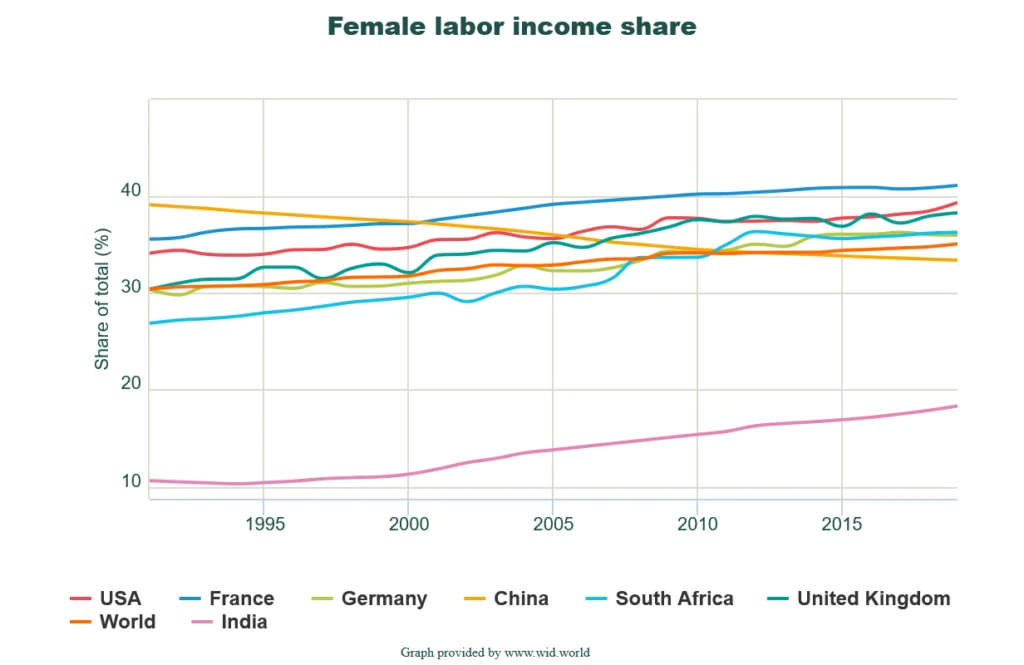
Picture Courtesy- World Inequality Database
Gender parity- A far fetched dream or achievable?
“The barometer of the progress of a nation is its treatment of its women.”
The roots of the discrimination lie in the patriarchal nature of Indian society. Placing a girl/woman in an inferior position to men is natural. The social setup conditions a girl child from a young age to think that their responsibilities are limited to household work. Eventually, they do not intend to work, further exacerbated by marriage restrictions.
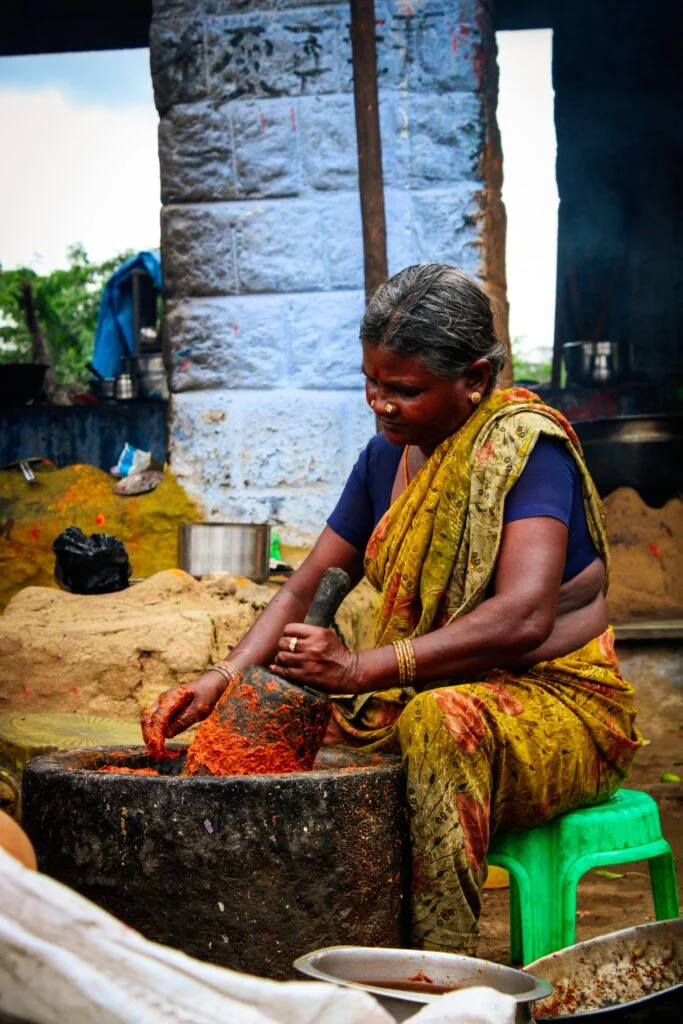
Unpaid domestic work further spurs gender inequality.
As per ILO estimates, the female labour force participation rate was 23.5% in 2019. The national family health survey (NFHS-5) shows no different picture. So obviously, women have only a constricted role limited to the private sphere, i.e., their family.
Despite this grim picture, Oxfam calculations suggest that women’s unpaid care work alone is adding the value of at least $10.8 trillion a year to the economy. In addition, the government aims to achieve a $5 trillion economy by 2025, which can be met by closing the gender gap at work.
Now imagine the state of economy and society if women are empowered and given the “right to choose” and work. In this regard, increasing the marriageable age for women to 21 is a welcoming step.
Going by the above data, we can say that parity is still a far-fetched dream but achievable with continuous efforts.
The wage gap and income inequality- A gendered lens
India accounts for one of the highest wage gaps in the world. It is a loss to the concerned individual and the nation in terms of GDP. Even when women put in more hours at work, they are underpaid than their male counterparts. Such a situation seems illogical, but it is true. In some instances, the nature of work does not allow for or seek women participation like manufacturing and mining.
Overall the gender pay gap is a much bigger issue than salaries. Other aspects of being considered include social dynamics, government assistance, and workplace culture.
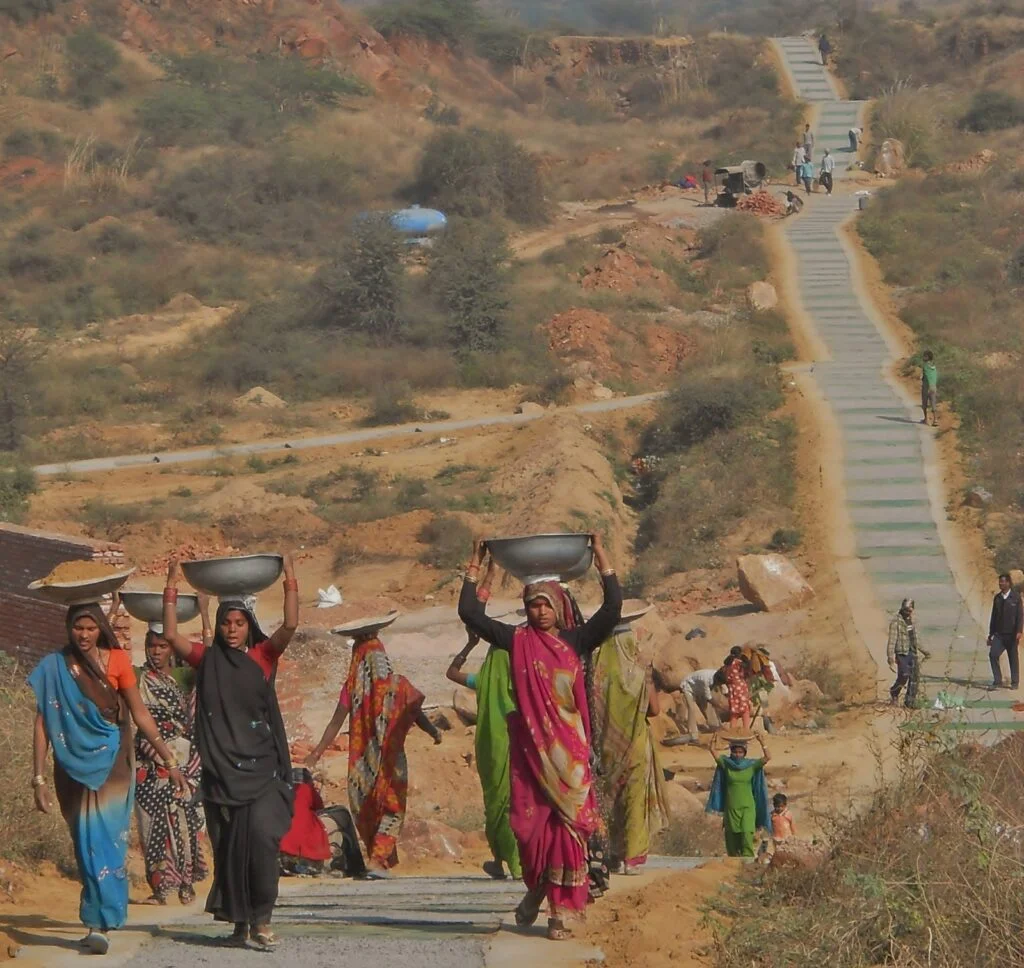
“While 61% of men continued working during the lockdown and just 7% lost their jobs, only 19% of women remained employed and a staggering 47% lost their jobs.”
(Azim Premji’s State of Working India Report 2021)
What contributes to the gap in India?
The reasons range from socio-economic setup to structural issues. For example, the girl child is either not sent to school or made to drop out early. Families do not allow females to work. Women who enter the workforce generally take maternity leave or extended leave to care for children. Over time, these factors lead to women falling behind men in earnings.
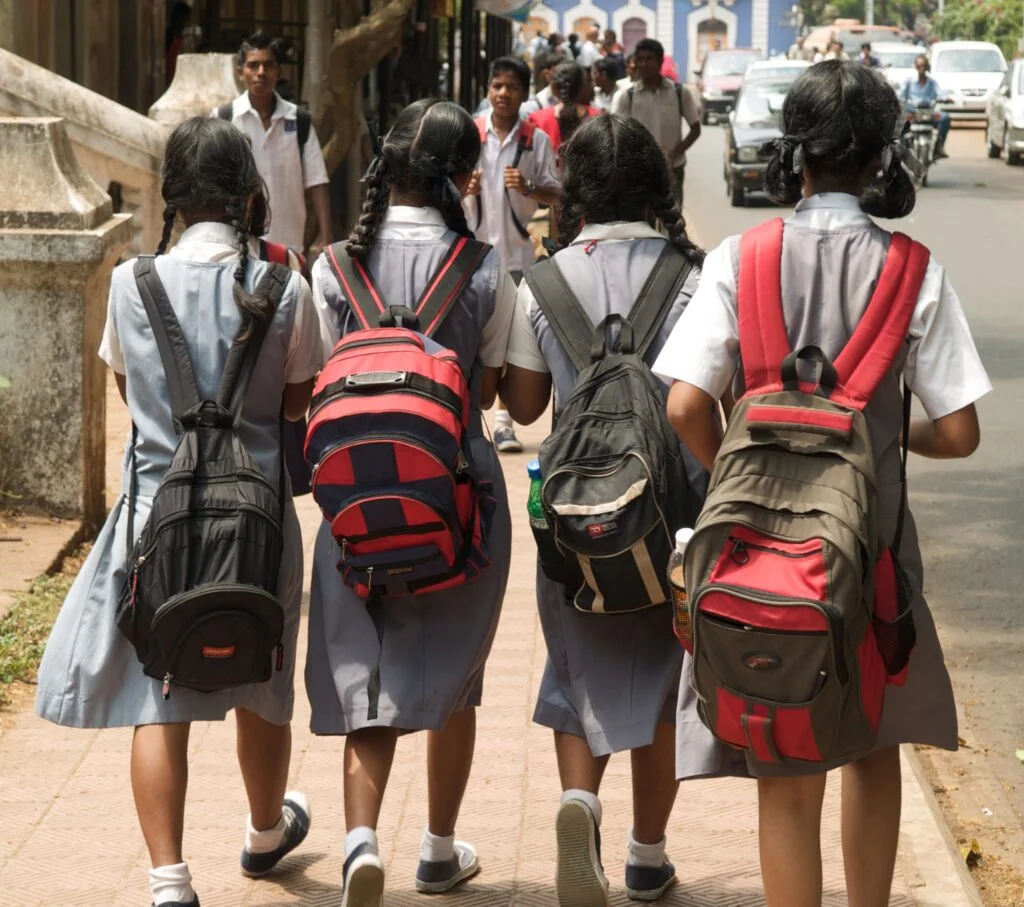
The stark pay gap is visible in the IT sector. In the unorganised sector, this gap is broader. The lack of social protection and labour laws forces women to quit jobs. Furthermore, the double burden of paid and unpaid labour and a severe lack of safety nets worsen the situation.
The road to recovery
The four consolidated labour codes have made minor additions when it comes to women. The codes include maternity benefits for all women employed in factories, mines, and other similar establishments, as well as creche facilities. Nevertheless, there is still a need to enhance the social security mechanism for women.
Along with the market-related changes, social attitudes need an upliftment. Defeminising care work and redistributing it equally among family members irrespective of gender are significant. Such measures would allow women time to divert towards public work and contribute to the economy as an essential part of the workforce and demographic dividend.

It is high time to eliminate the gender-specific label from housework.
It is time to leverage the improved sex ratio at birth in the Indian states. Government should develop a rights-based lifecycle approach. Emphasis must be on nutrition, health, education, equal entitlements in property rights, employment, and income generation.
About the Author:
Manali Mathur
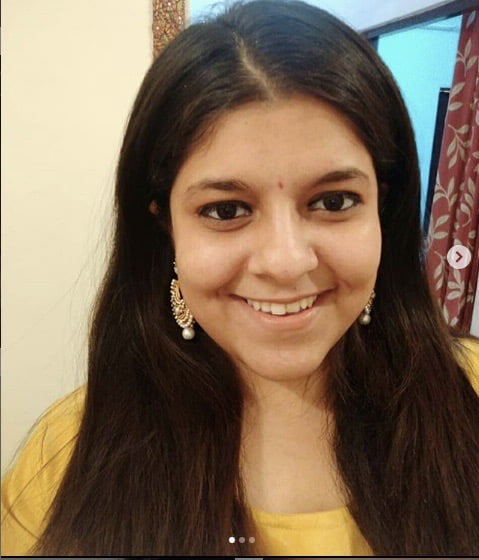
Manali Mathur is a freelance editor and research enthusiast. Although she enjoys open-hearted conversations about life, being an extrovert with humour comes in handy. She pursued a master’s in political science from Delhi University and was a former intern at NHRC, Delhi. Her core areas of interest lie in public policy, diplomacy, environment, governance, administration.

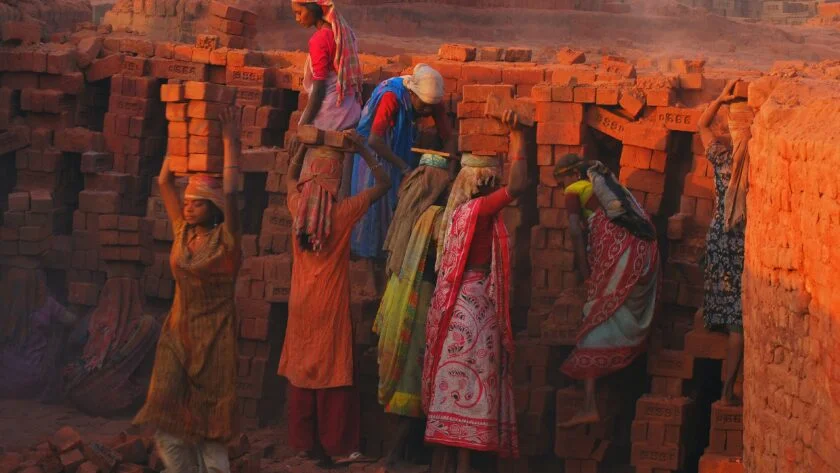

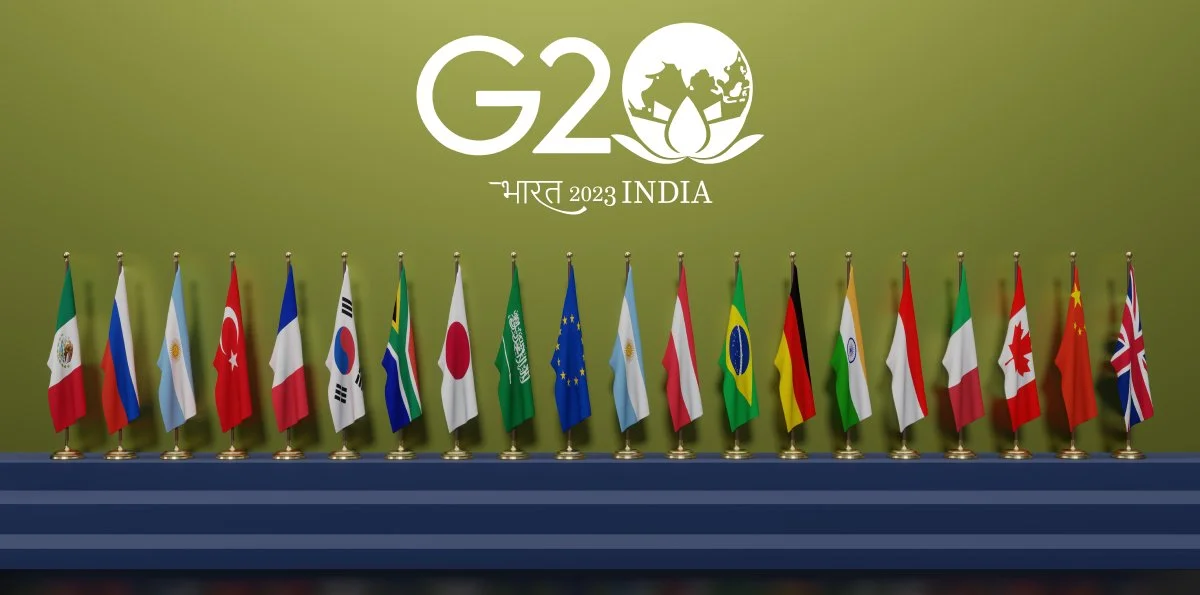



[…] Read more about the gender pay-gap induced gender inequality in India here! […]